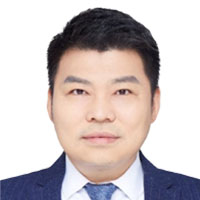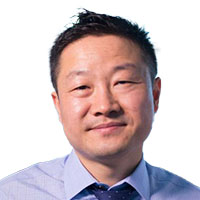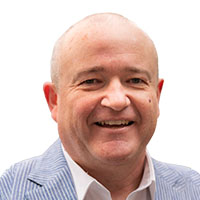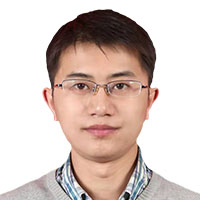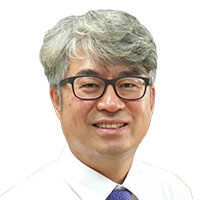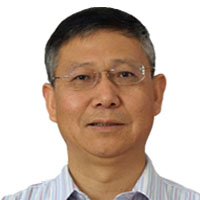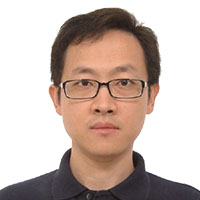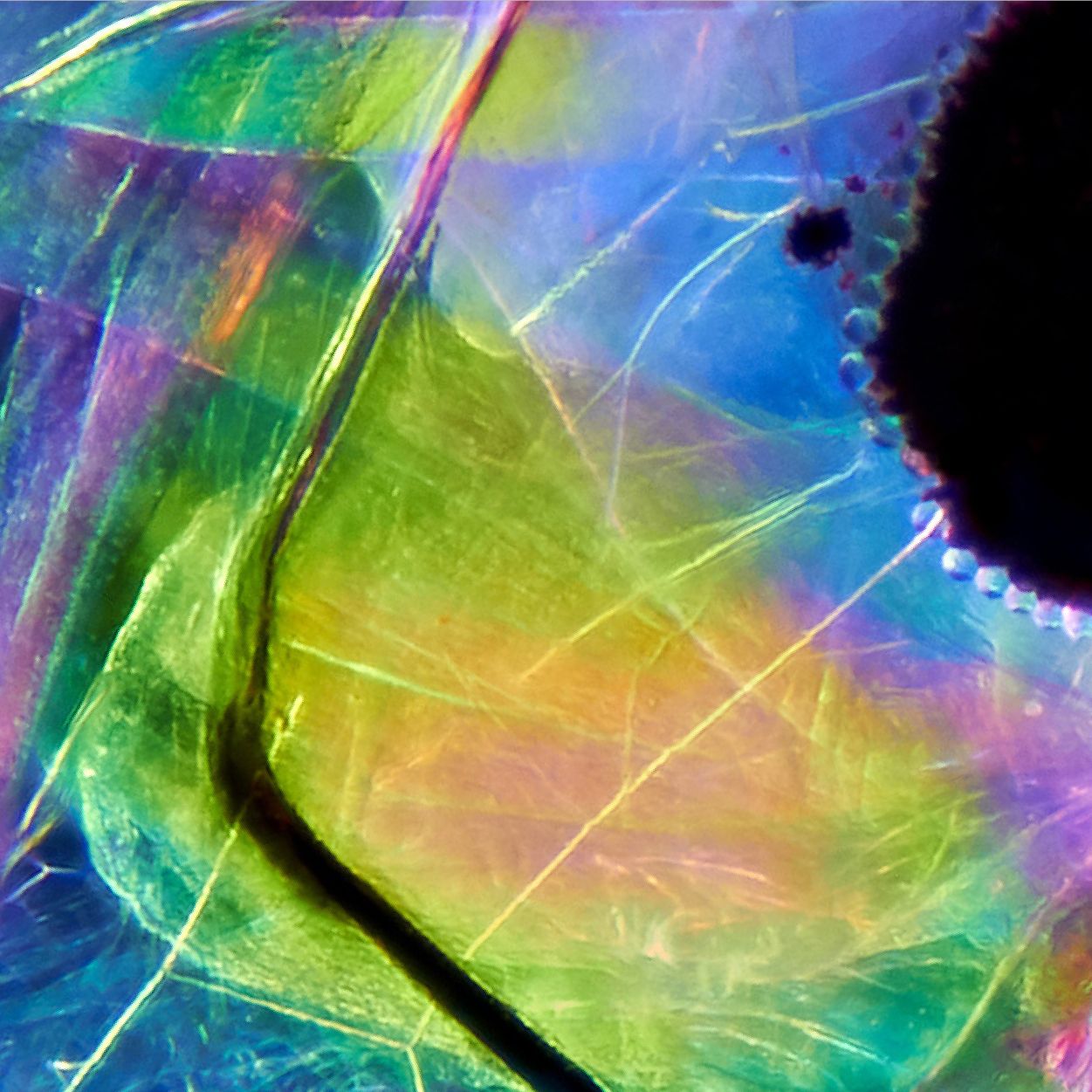Bioimaging is an essential tool used to image and analyze cells, tissues, and molecules in fields such as drug discovery, diagnostics, life science, and clinical research. Rapid advances in imaging technology have enabled researchers to visualize and quantify specimens in ways that were, until recently, impossible. With the advent of technologies such as super-resolution and AI-assisted imaging, researchers can now clearly observe their specimens on the nanometer scale and have access to stress-free, accurate data analysis. The objective of this virtual conference is to explore and understand recent innovations in light microscopy bioimaging technologies. Over the 3-day event, our expert speakers will discuss topics such as super-resolution microscopy, F-techniques including FRAP and FRET, and novel probes.
Related Videos
Agenda
| Time (GMT +8) |
Day 1
March 9, 2022 |
Day 2
March 10, 2022 |
Day 3
March 11, 2022 |
|---|---|---|---|
1:30 p.m.–1:40 p.m. | Welcome AddressPresenter: Mr. Kefeng Wang, Director of Life Science Sales, Scientific Solutions Business Division, Olympus China Chairperson AddressPresenter: Dr. Qian Peter Su, Principal Investigator, University of Technology Sydney (UTS) | Welcome AddressPresenter: Mr. Sam Habib, Head of APAC Sales, Scientific Solutions Business Division, Olympus Corporation of Asia Pacific Chairperson AddressPresenter: Prof. Sarah Ellis, Head of the Centre for Imaging the Tumour Environment (CITE), Australia | Welcome AddressPresenter: Mr. Olivier Dupuis, Head of APAC Marketing, Scientific Solutions Business Division, Olympus Corporation of Asia Pacific Chairperson AddressPresenter: Dr. Graham Wright, Director, Research Support Centre (RSC) A*STAR, Singapore |
1:40 p.m.–2:25 p.m. | Overcoming Physical Resolution Limits of Fluorescence Microscopes with Sparse DeconvolutionSpeaker: Dr. Liangyi Chen, College of Future Technology, Peking University | Applications of Fluorescence Resonance Energy Transfer and Fluorescence Recovery After Photobleaching In Vivo Using Drosophila as a Model SystemSpeaker: Dr. Krishanu Ray, Department of Biological Science, Tata Institute of Fundamental Research, India | Gentle Probes for 4D ImagingSpeaker: Dr. Zhixing Chen, College of Future Technology, Peking University |
2:25 p.m.–3:10 p.m. | Upconversion Nanophotonic Systems for Super-Resolution Imaging, Single Molecular Tracking, and High-Throughput Digital AssaysSpeaker: Prof. Dayong Jin, University of Technology Sydney and Southern University of Science and Technology, Australia | Nanoscale Biophotonics: Using Multimodal Imaging to Understand the Inner Workings of the BodySpeaker: Prof. Brant Gibson, RMIT University, Melbourne, Australia | Complex Regulation of Mitochondrial Calcium Uniporter ComplexSpeaker: Dr. Karthik Mallilankaraman, Yong Loo Lin School of Medicine, National University of Singapore |
3:10 p.m.–3:45 p.m. | Stunning Details in Living Cells Using Olympus’ IXplore SpinSR SystemSpeaker: Shaoling Qi, Olympus China | Arabidopsis Autophagy-Related 3 (ATG3) Facilitates the Liquid–Liquid Phase Separation of ATG8e to Promote AutophagySpeaker: Dr. Bin Guan, School of Agriculture and Biology, Shanghai Jiao Tong University | Mitochondrial Relocation of a Common Synthetic Antibiotic: A Nongenotoxic Approach to Cancer TherapySpeaker: Prof. Jong Seung Kim, Department of Chemistry, Korea University |
3:45 p.m.–4:30 p.m. | Higher, Faster, Stronger: Fluorescent Imaging for Cytoskeleton-Related ActivitiesSpeaker: Dr. Xueliang Zhu, Shanghai Institute of Biochemistry and Cell Biology, Chinese Academy of Sciences | Live Demo: Fast, Accurate, and Flexible Photomanipulation Using the Olympus IXplore™ Spin System and cellFRAP ModuleDemonstrator: Mitsuru Araki, Olympus China | Live Demo: Olympus FLUOVIEW™ FV3000 Near-Infrared Confocal Laser Scanning MicroscopeDemonstrators: Srivats Hariharan & Guo Lin, Olympus Singapore |

